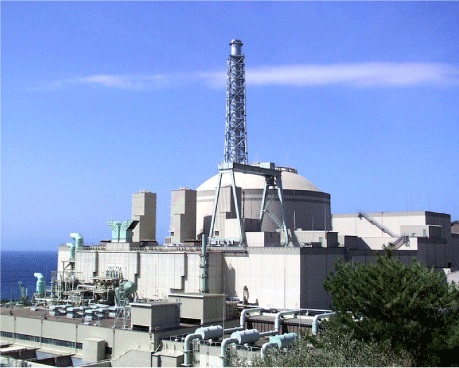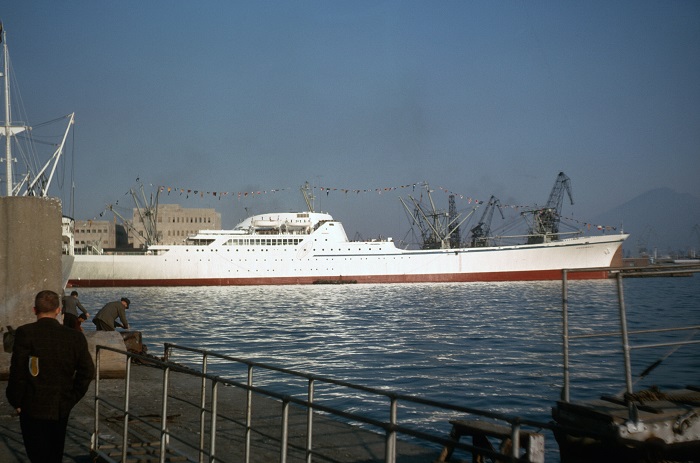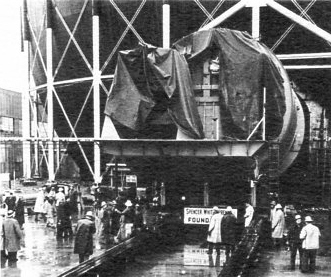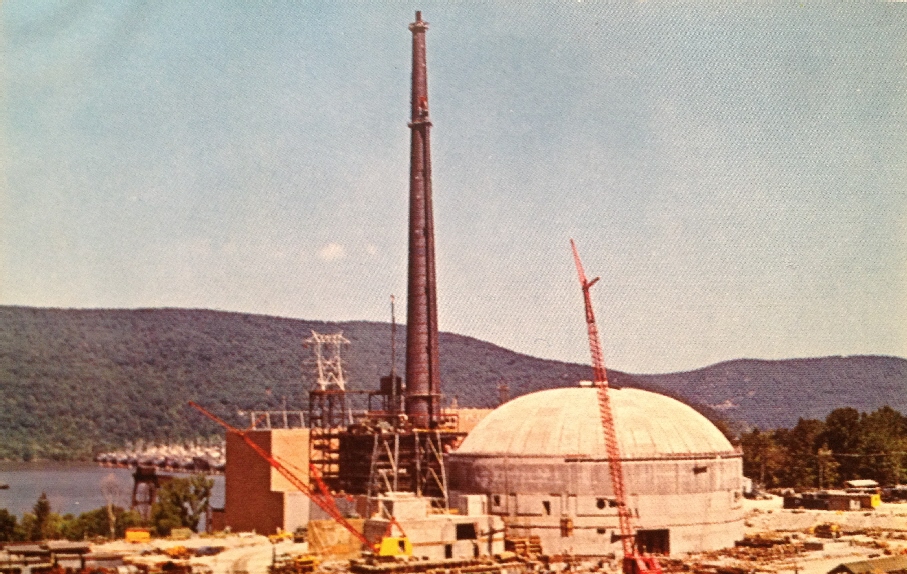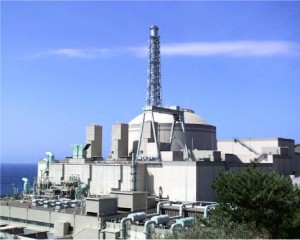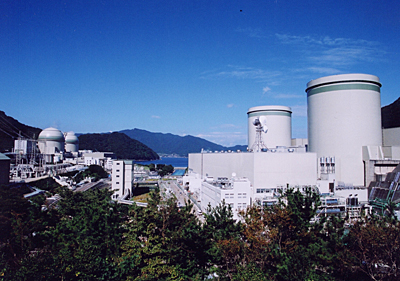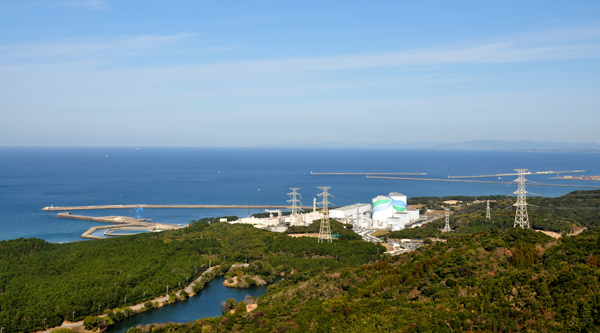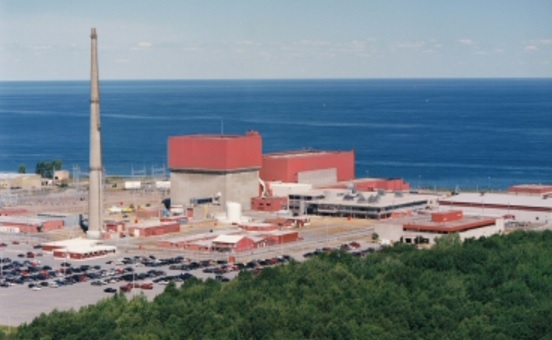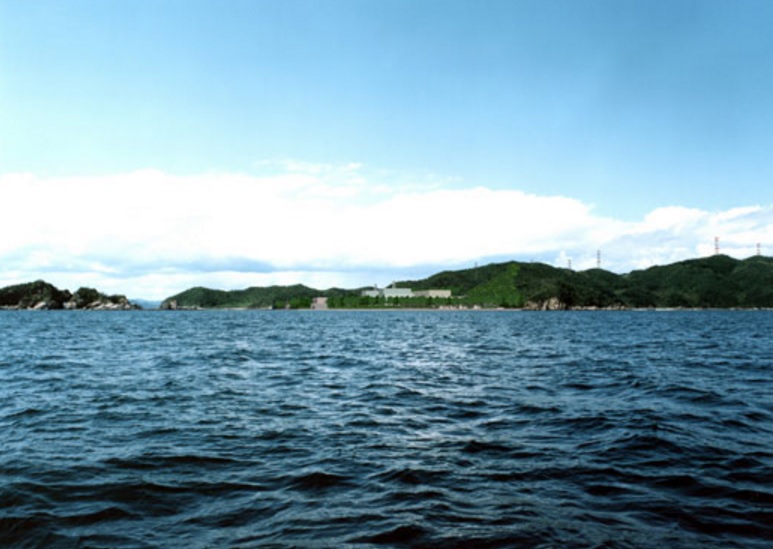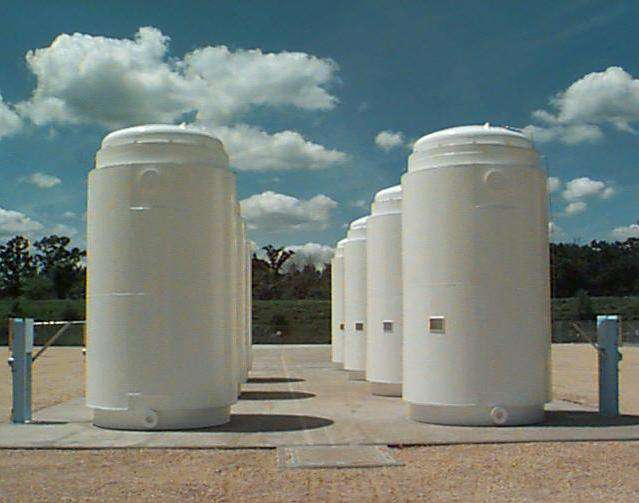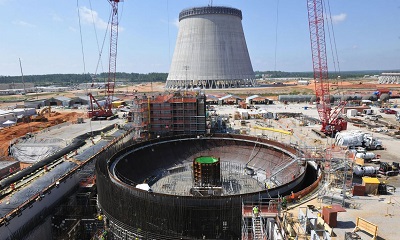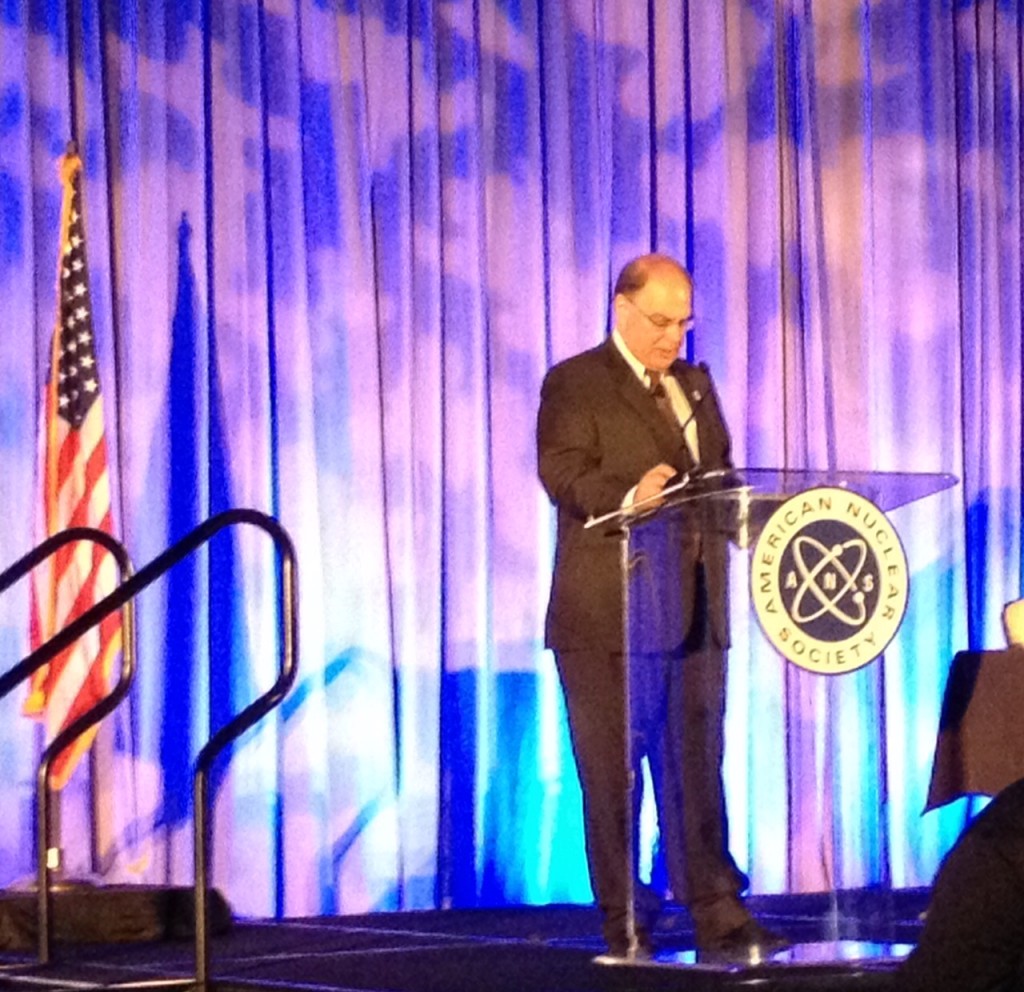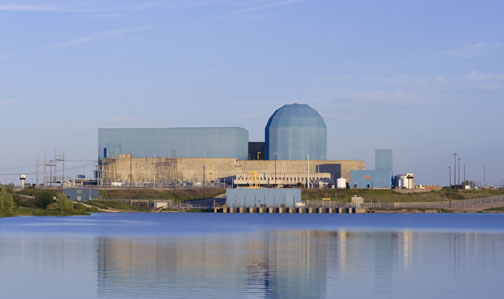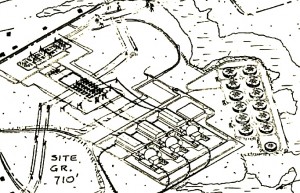
Perkins Nuclear Station layout as depicted in "Design Data and Safety Features of Commercial Nuclear Power Plants, Vol IV," Oak Ridge Nat'l Labs/Nuclear Safety Information Center, March 1975.
It is a common myth today that all of the nuclear plants historically ordered in the United States were unique, custom design and construction jobs. Many of the plants were built from standardized design drawings developed by established architect-engineer (A-E) firms in order to ease the work load and speed up progress on individual projects. In such cases, standard nuclear plant drawings were the basis for any given project the A-E took on.Over time, incremental changes were made in the drawings and of course customer-specific and site-specific changes needed to be made, as well as specific adaptations for the make of nuclear steam supply system (NSSS) ordered by the customer. Stone & Webster as well as Sargent & Lundy were just two of the A-E firms that developed and used standard drawings, leading to there being a number of very similar nuclear plants in different places, built for different owners. Some projects, however, were even more repetitive than these.
